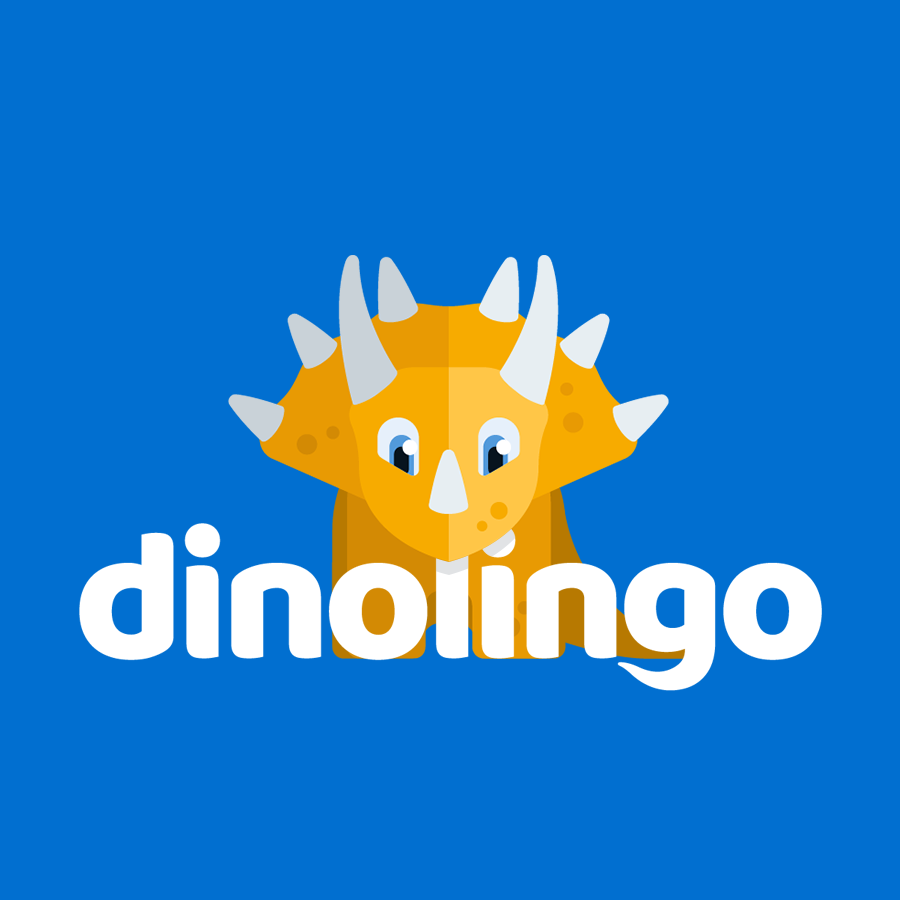How to Help Your Child Enjoy Reading in English
Reading is a key ingredient in a language-learning environment. For infants, preschoolers, and school-aged children, reading with your children from an early age helps to foster strong learning habits for life with lifelong benefits.
The reading of picture books with your child is one of the most important and enjoyable ways of spending time together. The combination of pictures and words is a close relationship, which echoes the relationship between parent and child.
Anthony Browne, Children’s Laureate 2009-11
As part of their “Enjoy Reading” campaign, Pearson produced a helpful, colorful, and easy-to-read guide, Reading with your Child, freely downloadable in 26 languages. In addition to addressing a number of common questions, such as What do I do if my child picks a book that is too hard? and How can I find the right book? it offers some useful tips to explore the stories and make them come alive. (See also, Dino Lingo Parents Guide.)
With a picture book, the child looks at the pictures while the adult reads the text. This leads to surprising and stimulating shared conversations between the two, as text and pictures are explored and pored over. In the best picture books, there is often a mysterious gap between the pictures and the words, a gap that is filled by the child’s imagination.
Anthony Browne
There is also a more in-depth “Enjoy Reading guide for parents” that covers key points on reading readiness and the difference we can make as caregivers and parents. It also includes top tips on phonics and helpful suggestions for children who don’t like reading. Here are their Top 10 tips to help children enjoy reading based on feedback from experts and authors:
- Make books part of your family life – Always have age-appropriate English books around.
- Join your local library – Get your child a library card. Allow them to pick their own books, encouraging their personal interests.
- Match their interests – Help them find the right book – it doesn’t matter if it’s fiction, poetry, comic books, or non-fiction.
- All reading is good – Don’t discount non-fiction, comics, magazines, and leaflets. Reading is reading!
- Get comfortable! – Snuggle up with your child and create a cozy area for reading.
- Ask questions – Keep them engaged in the story by asking questions: “What do you think will happen next?” “Which character is your favorite?”
- Read again and again – Encourage re-reading. Repetition helps build fluency and confidence.
- Bedtime stories – Read with your child at bedtime. It’s a great way to end the day and bond with them.
- Share the joy with others – Include grandparents, caregivers, or older siblings in story time to widen the experience.
- Use multimedia tools – Online programs like Dinolingo support English learning through games, songs, videos, and interactive stories. Dinolingo is especially helpful for young learners, offering a playful and immersive way to build vocabulary and listening skills while keeping children engaged.
“A reader lives a thousand lives before he dies”, said Jojen.
The man who never reads lives only one.
George R. R. Martin, A Dance with Dragons
Guest authored by Philip Shigeo Brown



